Organization of the production of toilet paper
In this article:
Toilet paper has long been a commonplace. It is even hard to imagine that a couple of centuries ago it was a luxury item, and not an ordinary household hygiene material.
The main advantage of toilet paper, from the point of view of a businessman, is that the demand for it is always stable. But there is also a lot of competition among manufacturers.
Today, there are many varieties of toilet paper: single or multi-layer, white or colored, smooth or embossed, plain or patterned, odorless or flavored ... the imagination of manufacturers has no limits in an attempt to attract the demand of the population. They even produce rolls with comics, crossword puzzles, collections of jokes. True, such paper costs accordingly, but its main purpose is to be an affordable and high-quality personal hygiene item.
The correct organization of any business begins with analysis and calculations. Consider the profitability of investments in a mini-factory for the production of toilet paper in stages.
1. Analysis of the toilet paper market
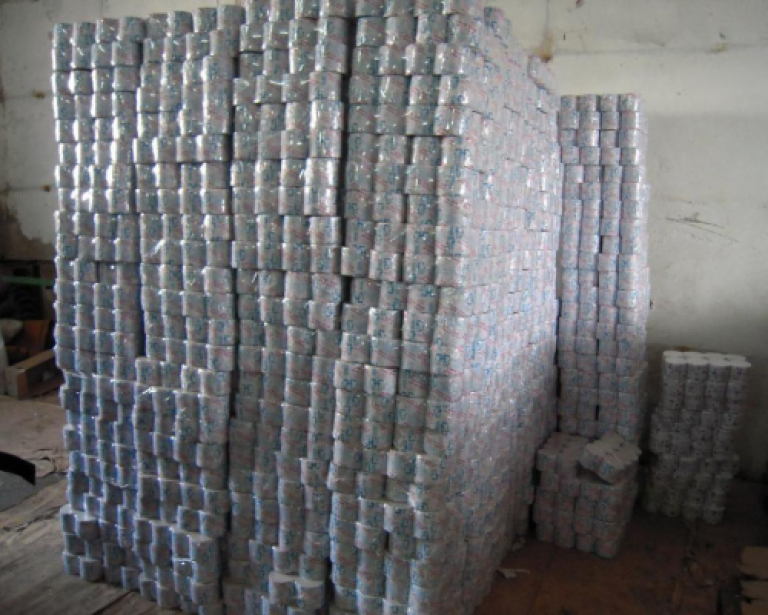
The profitability of any commercial project depends on the successful sale of manufactured products, and toilet paper is no exception. It is clear that there is no point in opening your own toilet paper store, such products are sold through chain stores and supermarkets. This type of trading has its pros and cons.
The main advantage: retail chains are large intermediaries, capable of selling large production reserves (for a “newbie” in business, it is quite realistic to agree on batches of up to 50-70 tons / month). That is, the products will not accumulate in the warehouse, the production runs smoothly.
The main drawback: the trading "share" of supermarkets is at least 30%, and in order for your products to be successfully placed, then all 50%. Naturally, such an implementation is more suitable for significant volumes of large plants. For small businesses, it will be more profitable to cooperate with large wholesale depots or create their own dealer network to service stores and retail outlets selling household goods in the region.
There are two options for starting a toilet paper business:
- full production- a technological process based on recycled materials (waste paper), the output is ready-made packaged rolls of toilet paper;
- simplified mini production - the basis is cellulose raw material, which is rewound on special equipment, and then cut into rolls familiar to everyone and packed.
The second option is less profitable, since the cost of such a "semi-finished product" significantly exceeds the purchase price of recycled materials and, accordingly, reduces the possible profit. In addition, the volume of paper recycling in Russia today is about 15% of the actual amount of waste and, despite fairly decent competition, this business is more promising.
Therefore, we will consider the first variant of the organization of production.
2. Opening a company and necessary permits
For the production of toilet paper, it is preferable to open a legal entity as a form of ownership (for example, LLC). It is more profitable for large suppliers to cooperate with a law firm than with a private entrepreneur. In addition, it is easier for a legal entity to obtain all the necessary certificates and permits.
The approximate cost of registering an LLC will be 10,000 rubles. To open production, it will be necessary to issue a license, which will cost 140,000 rubles.
The production of toilet paper in Russia is regulated by GOST R 52354-2005. For its implementation, it will be necessary to issue a sanitary and epidemiological conclusion and a certificate of conformity, for which the following documents will be needed:
- certificates for raw materials and supplies;
- lease agreement for production area;
- registration certificate, company charter, etc.
3. Selection of a room for the production of toilet paper
The workshop for the production of toilet paper must have an area of at least 150 m 2 and a ceiling height of 4 m.
The premises will be divided into three main areas:
- Warehouse for storage of raw materials;
- Production Line;
- Warehouse for finished products.
Basic requirements for the premises: availability of water supply (water requirement - 3 m 3 / day), sewerage, electricity (with 3-phase power supply of 380 W). The estimated cost of rent per month, based on the price of 500 rubles / m 2, will be 75,000 rubles.
4. Toilet paper technology
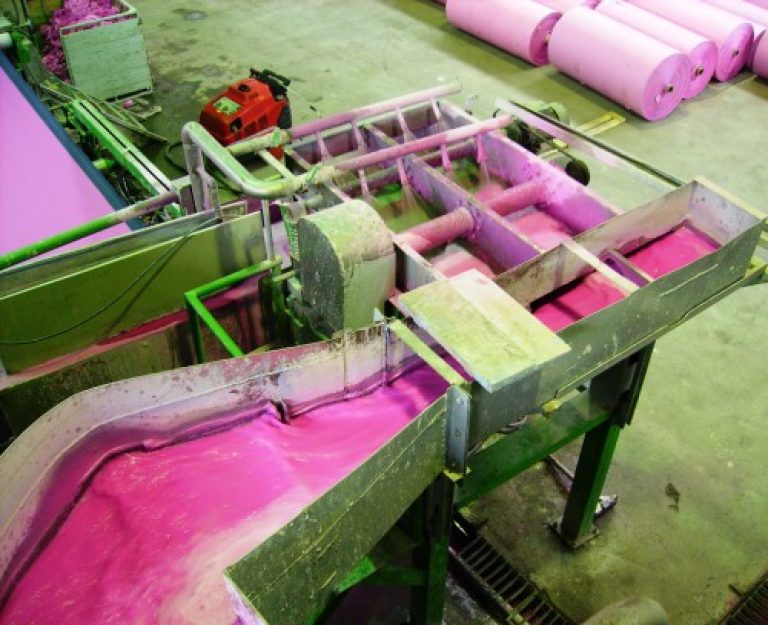
1) Preparation of waste paper
Recyclables are cleaned of impurities, crushed in a crusher with the addition of water. The wet crushed mass is filtered through a special sieve, on which small foreign inclusions remain, missed during the initial cleaning (paper clips, glass, clips, etc.).
2) Washing of raw materials
The purified mixture is sent to the tank, where it is washed with tap and recycled water. Not only the quality of the future paper depends on the thoroughness of the washing at this stage (the longer the washing, the whiter the raw material), but also the cost price (water costs). Dirty water is washed down the drain.
3) Fine grinding
The raw material, together with clean water, is crushed into a water-paper mass using a multifunctional mill, after which it is pumped into a pressure tank.
4) Regulation of concentration
From the pressure tank, the mass is sent to a special container, where the proportional composition of the mixture of raw materials and water is regulated. After reaching the desired indicators, the mass is poured in a uniform stream onto the mesh table of the paper machine.
5) Production of rolled blanks
The suspension is dehydrated using a nylon mesh, which also serves as a conveyor belt. Excess liquid drains into a tank for recycled water, which is reused when washing the raw materials. The paper mass along the tape enters the dryer drum, rotating at a speed of 10 revolutions / minute, which is heated by steam to a temperature of 110 degrees. In the drum, the mass dries up, after which it is removed with a scraper knife. The cut tapes are dried and wound on the sleeve into reels, which are then cut into rolled blanks.
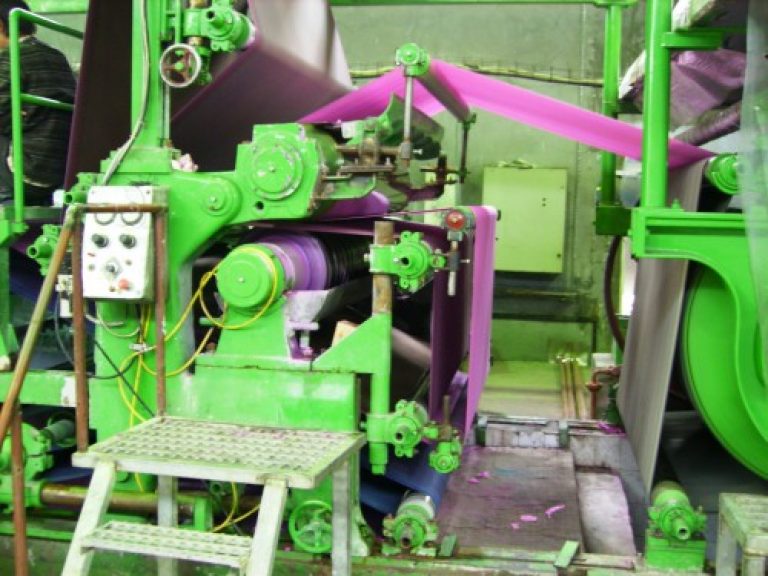
6) Unwinding and embossing
The reel obtained on a paper machine is placed on an unwinding machine for embossing and simultaneous rewinding into a log (a roll equal in width to a reel and in diameter to a regular roll of toilet paper). Such rewinding is needed to form the structure of the web (two-layer, three-layer paper) and a denser roll.
7) Packing and cutting
The resulting log is pasted over with a label, which should be ordered in advance at the printing house, cut into rolls on a special cutting machine. Cut rolls are checked by weight, packed in boxes or plastic bags and ready for sale.
5. Equipment for making toilet paper
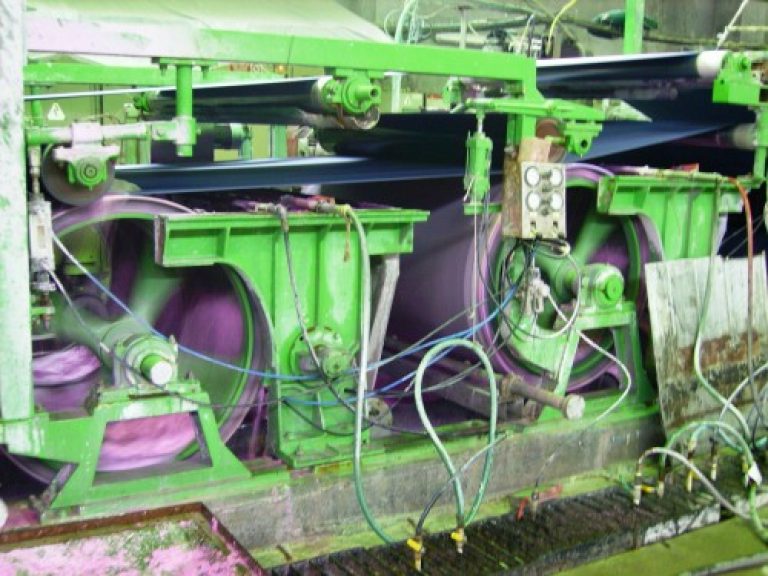
It is planned to purchase a production line for completing a mini-plant with a capacity of 1 ton / day, the cost, together with delivery, turnkey installation and staff training, is 2,000,000 rubles.
The set of equipment includes:
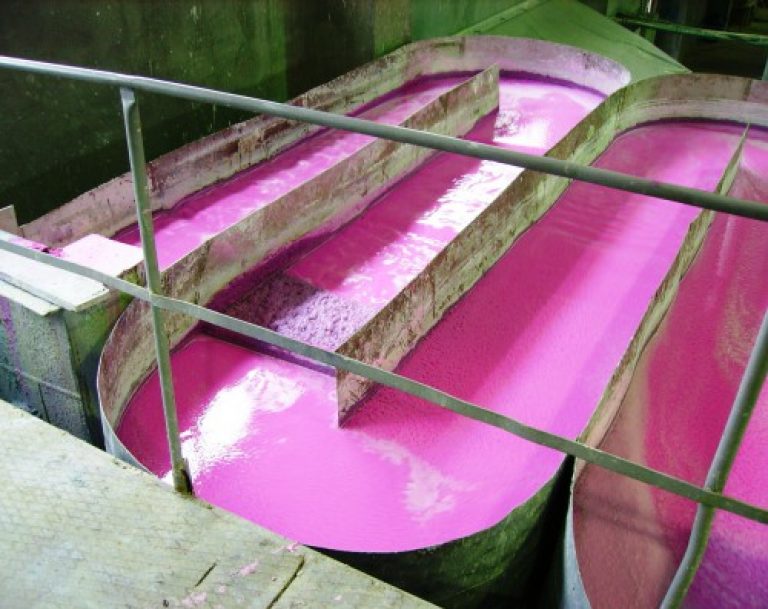 1) paper machine, which includes a complex of equipment for cleaning raw materials and paper production:
1) paper machine, which includes a complex of equipment for cleaning raw materials and paper production:
- generator,
- pulper,
- vibrating sieve,
- multifunctional mill,
- washing machine,
- cleaners,
- mixers.
2) roll cutting machine;
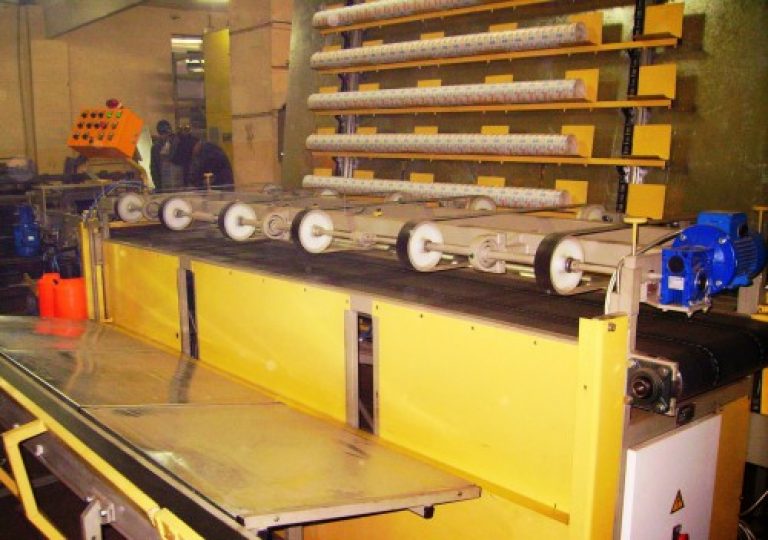
3) reel unwinding machine;
4) packaging machine;
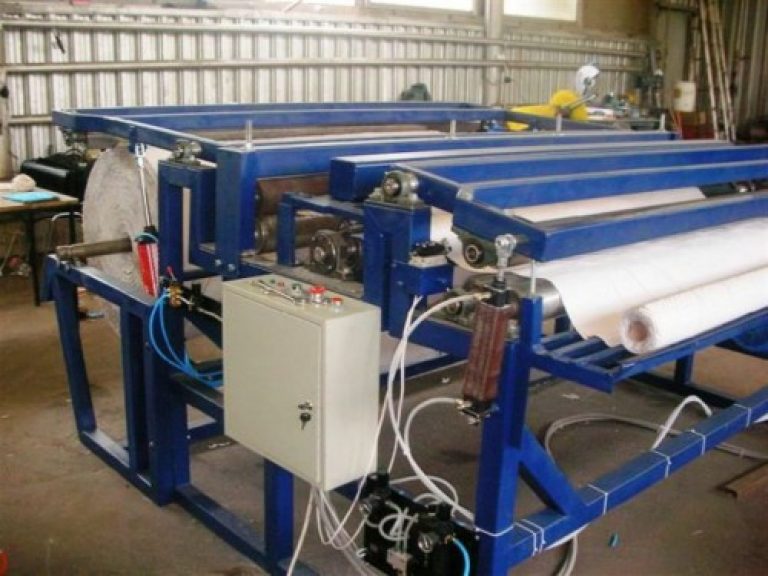
5) pasting table.
There is no shortage of manufacturers of processing lines for recycling and papermaking. Therefore, it is worth choosing someone who can provide not only installation and commissioning, but also repair, if necessary. After all, a simple line is your loss.
Additionally, it is recommended to purchase a machine for the production of cardboard sleeves, so as not to purchase ready-made ones. The cost of such equipment is 110,000 rubles. However, the log may not have cores if you plan to produce standard rolls without an internal cavity.
In the future, it is possible to expand production with equipment for the production of napkins, paper towels, etc.
6. Raw materials for the production of toilet paper
For the manufacture of paper, waste paper of the following brands is suitable as a raw material:
- MS-1 (bleached pulp paper without line and printing);
- MS-2 (white paper with a ruler);
- MS-3 (book and magazine paper);
- MS-7 (cardboard);
- MS-10 (newspapers).
It is necessary to additionally purchase nets and cloth (for paper), paper glue and cardboard (for gluing bushings) or ready-made purchased bushings. To avoid problems with obtaining a permit, it is better to purchase all raw materials from trusted suppliers with the appropriate quality certificates.
7. We draw up a business plan for the production of toilet paper
For the manufacture of 1 ton of paper (or 6250 rolls of medium quality) you will need:
Waste paper - 1.1 tons x 3,000 rubles = 3,300 rubles.
Electricity - 700 kW x 2 rubles / kW = 1,400 rubles.
Water - 20 m 3 * 30 rubles = 600 rubles.
Steam - 4 tons * 120 rubles = 480 rubles.
Grid - 0.02 pcs. * 2100 rubles = 42 rubles.
Cloth - 0.01 pieces * 19500 rubles = 195 rubles.
Workers - 0.2 people * 6000 rubles = 1200 rubles.
Other operating expenses (glue, cellophane, label, etc.) - 500 rubles.
Total: 7,717 rubles.
Calculate profit:
The average weight of one roll is 160 gr.
The cost of 1 roll of paper is 1.23 rubles.
Wholesale price: 5 rubles/roll.
Profit from one roll - 3.77 rubles.
Profit per month (with one-shift work 22 days) - 518375 rubles.
Additional monthly costs (201175 rubles):
- income tax 20% - 103675 rubles.
- rent of a production workshop - 75,000 rubles.
- salary (director, accountant, technologist) - 50,000 rubles.
Net profit: 289,700 rubles / month.
Equipment payback: 7 months.
Of course, all calculations can only be approximate, the cost of rent, resources, and wages are too different, depending not only on the region, but also on the type of locality in which production will be opened. But even with such a load on the line, and work in 1 shift, the payback of equipment in less than a year confirms that the production of recycled toilet paper is a profitable business with good prospects for expansion and development.





